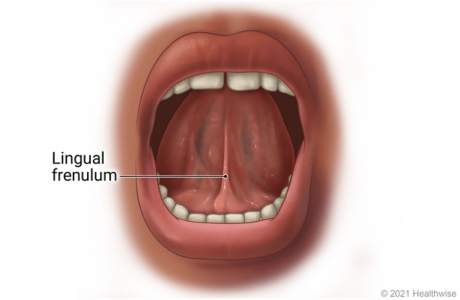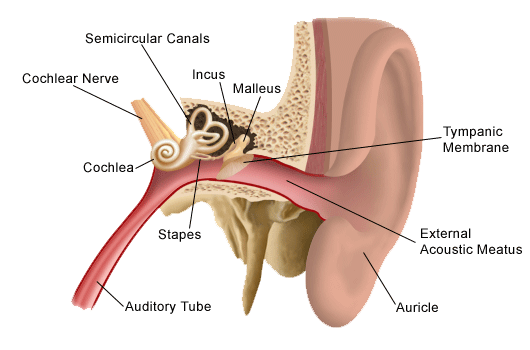The nurse is performing the diagnostic positions test. The nurse recognizes that normal findings from the diagnostic positions test should be which of these results?
Nystagmus in extreme superior gaze
Slight amount of lid lag when moving the eyes from a superior to an inferior position
Parallel movement of both eyes
Convergence of the eyes
The Correct Answer is C
A. Nystagmus in extreme superior gaze: Nystagmus is an involuntary eye movement and is not a normal finding, especially in extreme superior gaze. Nystagmus can be indicative of neurological issues and requires further evaluation.
B. Slight amount of lid lag when moving the eyes from a superior to an inferior position: Lid lag refers to a delay in the downward movement of the upper eyelid during eye movement. This can be a sign of hyperthyroidism and is not a normal finding.
C. Parallel movement of both eyes: This is the correct answer. During the diagnostic positions test, the nurse should observe parallel movement of both eyes in all directions, indicating normal extraocular muscle function and coordination.
D. Convergence of the eyes: Convergence refers to the inward movement of both eyes when focusing on a close object. While convergence is a normal phenomenon, it is not specifically assessed during the diagnostic positions test, which primarily evaluates the range of motion and coordination of the extraocular muscles.
Nursing Test Bank
Naxlex Comprehensive Predictor Exams
Related Questions
Correct Answer is A
Explanation
A. Frenulum:
The frenulum is a thin band of tissue in the mouth that connects the tongue to the floor of the mouth. It aids in the tongue's movement and flexibility during speaking and swallowing.
B. Palate:
The palate refers to the roof of the mouth. It has two parts: the hard palate (at the front, made of bone) and the soft palate (at the back, made of muscle). The palate plays a crucial role in speech and swallowing.
C. Uvula:
The uvula is a small, fleshy extension at the back of the soft palate in the mouth. It participates in various functions, including speech articulation, preventing food from entering the nasal cavity during swallowing, and producing certain sounds.

D. Papillae:
Papillae are small, raised structures on the tongue that contain taste buds. They are responsible for detecting different tastes: sweet, salty, sour, bitter, and umami (savory). Papillae give the tongue its rough texture.
Correct Answer is A
Explanation
A. Auricle (Pinna):
The auricle, also known as the pinna, is the visible external part of the ear. It consists of movable cartilage and skin. When administering eardrops, pulling the auricle up and back helps to straighten the ear canal, allowing the drops to enter the ear effectively.
B. Mastoid Process:
The mastoid process is a bony prominence located behind the ear. It is not a part of the outer ear structure involved in administering eardrops.
C. Outer Meatus:
The outer meatus, also known as the external acoustic meatus or ear canal, is the tube-like structure leading from the auricle to the eardrum. It is the passage through which eardrops are administered. Pulling the auricle up and back helps to straighten the outer meatus for the proper administration of eardrops.
D. Concha:
The concha refers to the bowl-shaped depression next to the ear canal. While it is a part of the outer ear, pulling the concha is not a technique used for administering eardrops. The auricle, specifically, is manipulated to facilitate the process.

Whether you are a student looking to ace your exams or a practicing nurse seeking to enhance your expertise , our nursing education contents will empower you with the confidence and competence to make a difference in the lives of patients and become a respected leader in the healthcare field.
Visit Naxlex, invest in your future and unlock endless possibilities with our unparalleled nursing education contents today
Report Wrong Answer on the Current Question
Do you disagree with the answer? If yes, what is your expected answer? Explain.
Kindly be descriptive with the issue you are facing.
